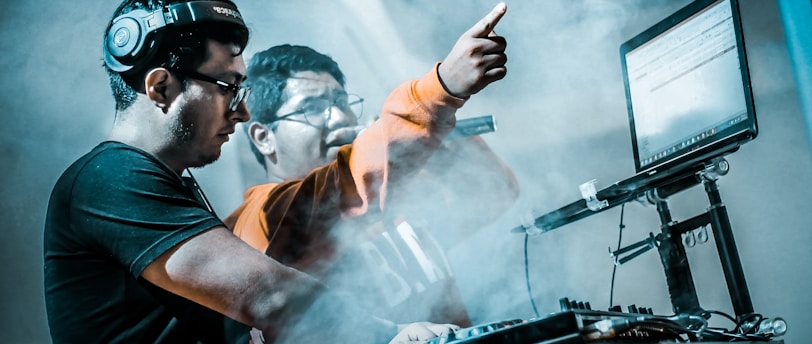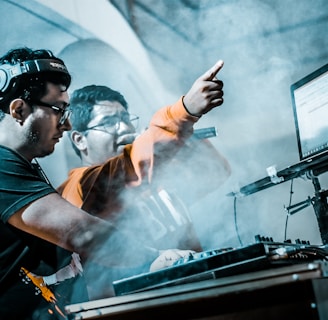Sound Systems Demystified: Explaining the Components of Sound Systems and Their Optimization for DJ Performances


Introduction
When it comes to DJ performances, a high-quality sound system is crucial for creating an immersive and memorable experience. However, understanding the components of a sound system and how to optimize them can be a daunting task for many DJs. In this article, we will demystify sound systems by explaining the different components and providing tips for their optimization.
The Components of a Sound System
A sound system consists of several key components that work together to produce and amplify sound. Let's take a closer look at each of these components:
1. Source
The source is where the audio signal originates. It can be a DJ controller, turntables, CD players, or even a laptop running DJ software. The quality of the source and the audio files being played are essential for a great sound output.
2. Mixer
The mixer allows DJs to control and blend different audio sources. It enables them to adjust the volume, EQ (equalization), and apply effects to the audio signal. A good mixer should have multiple channels, clear sound reproduction, and user-friendly controls.
3. Amplifiers
Amplifiers are responsible for increasing the power of the audio signal to drive the speakers. They take the low-level signal from the mixer and boost it to a level suitable for the speakers. The quality of the amplifiers can greatly impact the overall sound quality.
4. Speakers
Speakers are the final link in the sound chain. They convert the electrical signal from the amplifiers into audible sound. There are different types of speakers, including passive and active speakers. Passive speakers require an external amplifier, while active speakers have built-in amplifiers.
5. Cables and Connectors
Cables and connectors are often overlooked but play a crucial role in maintaining signal integrity. Using high-quality cables and connectors ensures minimal signal loss and interference. It is recommended to use balanced cables for longer cable runs to reduce noise.
Optimizing Your Sound System for DJ Performances
Now that we understand the components of a sound system, let's explore some tips for optimizing your setup for DJ performances:
1. Room Acoustics
The acoustics of the room you are performing in can greatly impact the sound quality. Consider the size, shape, and materials in the room. If the room has hard surfaces, such as concrete walls, it may result in excessive reflections and echo. Adding acoustic treatment, such as absorptive panels, can help improve the sound clarity.
2. Speaker Placement
Proper speaker placement is crucial for achieving optimal sound coverage. Place the speakers at ear level and angle them towards the audience. Avoid placing speakers too close to walls or corners, as it can cause unwanted bass buildup. Experiment with the speaker placement to find the sweet spot.
3. Gain Staging
Gain staging refers to setting the appropriate levels at each stage of the sound system. Start by setting the gain on the mixer to avoid distortion. Then adjust the levels on the amplifiers and speakers to achieve a balanced sound. Avoid pushing the levels into the red, as it can result in clipping and distortion.
4. EQ and Sound Shaping
Use the EQ controls on the mixer to shape the sound according to the venue and music genre. Boost or cut frequencies to enhance the clarity and impact of the music. Experiment with different EQ settings to find the optimal sound for your performance.
5. Monitor System
A monitor system allows DJs to hear themselves and the mix more clearly. It is especially important in larger venues with loud sound systems. Connect a pair of monitor speakers to the booth output of the mixer and adjust the volume to a comfortable level. This will help you mix more accurately and make adjustments as needed.
6. Test and Sound Check
Before your performance, always conduct a thorough sound check. Play different tracks and adjust the levels and EQ settings to ensure a balanced sound. Test the sound from different areas of the venue to ensure consistent coverage. It's better to spend a few extra minutes fine-tuning the sound than to have issues during your performance.
Conclusion
A well-optimized sound system is essential for delivering a memorable DJ performance. By understanding the components of a sound system and following the optimization tips mentioned in this article, you can ensure that your audience experiences the best possible sound quality. Remember to experiment, fine-tune, and always strive for perfection in your sound setup. Happy DJing!
